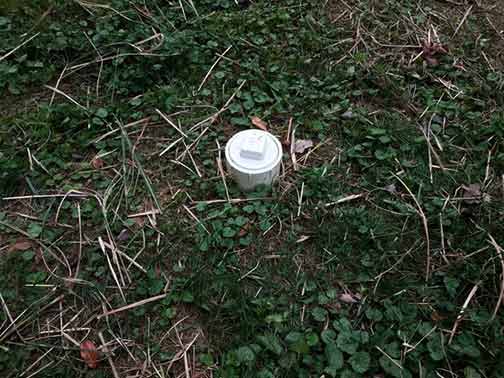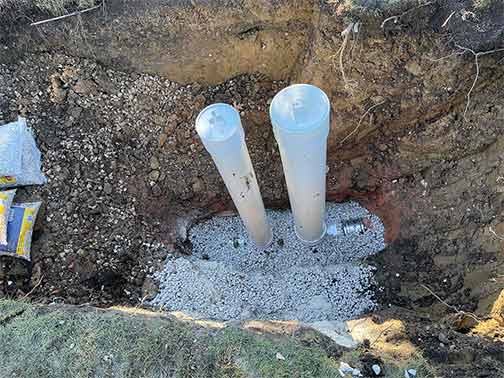
Sewer cleanouts are essential components of a well-designed plumbing system. They provide access to the sewer lines for inspection, maintenance, and clearing any potential blockages or clogs. In this article, we will explore what sewer cleanouts are, their purpose, and where they should be located within a property.
Understanding Sewer Cleanouts
Sewer cleanouts are vertical pipes fitted with removable caps that allow access to the main sewer lines. They provide an entry point for plumbers or property owners to investigate and address any sewer line issues. A cleanout us typically installed at strategic points along the sewer pipeline to facilitate easy access.
The Purpose of Sewer Cleanouts
The primary purpose of cleanouts is to ensure the proper functioning of the sewer system. They allow for efficient inspection and maintenance, enabling early identification and resolution of potential problems. Cleanouts are crucial in preventing sewage backups and costly sewer line repairs.
A cleanout serves several important functions:
1. Inspection and Blockage Identification
By removing the cap of a cleanout, plumbers can use sewer camera inspections to assess the condition of the sewer lines. This inspection process helps identify any obstructions, cracks, or other issues that could impede the flow of wastewater.
2. Clearing Blockages
When a clog occurs in the sewer line, a cleanout provides an entry point for plumbers to insert drain rodding machines or hydro jetting service equipment to remove the blockage. This eliminates the need for invasive dig-ups and allows for a more cost-effective and efficient solution.
3. Venting the System
Cleanouts also serve as ventilation points for the sewer system. They allow gases that build up in the pipes, such as hydrogen sulfide, to escape safely. Ventilation helps prevent the accumulation of dangerous or foul-smelling gases within the plumbing system.

Proper Placement of Sewer Cleanouts
The correct placement of a cleanout is crucial for easy access and functionality. Cleanouts should be strategically located at various points along the sewer pipeline to provide efficient maintenance and inspection options. Here are a few guidelines for proper placement:
1. Beginning and End of Sewer Lines
A cleanout should be installed at the starting point of the sewer line, typically where it connects to the building’s internal plumbing system. Additionally, a cleanout should be positioned near the endpoint where the sewer line connects to the municipal sewer system or septic tank.
2. Changes in Pipeline Direction
Whenever there is a significant change in the direction of the sewer pipeline, a cleanout should be installed. These changes can include bends, turns, or transitions from vertical to horizontal piping. Placing a cleanout at such locations ensures easy access for inspections and maintenance.
3. Long Pipeline Sections
If the sewer line stretches for a considerable distance without any service connections or changes in direction, it is advisable to install cleanouts along this section. This allows for regular maintenance and prevents the buildup of debris or blockages over extended pipe lengths.
4. Accessible and Non-Obstructed Locations
The cleanout should be placed in a location that is easily accessible for plumbers or property owners. It should not be obstructed by landscaping, structures, or other elements that would hinder straightforward entry or visual inspection. Ideally, a cleanout should be positioned at ground level or slightly above for easier handling.
5. Local Building Codes and Regulations
Always check with local building codes and regulations regarding the specific requirements for sewer cleanout placement. Some municipalities may have specific guidelines that need to be followed to ensure compliance.
Conclusion
Cleanouts play a vital role in maintaining the integrity and functionality of a property’s plumbing system. They allow for easy inspection, identification, and elimination of blockages or clogs within the sewer lines. Proper placement of a cleanout ensures efficient maintenance, preventing costly repairs and safeguarding against potential sewage backups. Consulting with a local plumber can help determine the ideal locations for a sewer cleanout based on the specific characteristics of your property.
